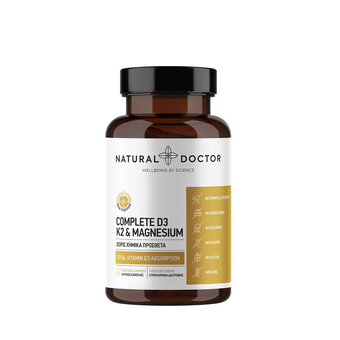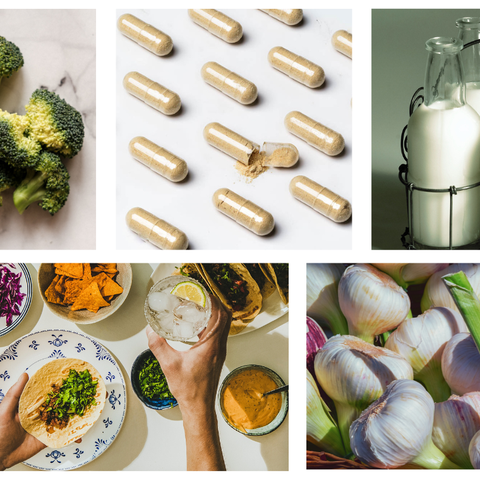Vitamin K prevents osteoporosis

It primarily affects postmenopausal women and greatly increases the risk of fracture. Nearly one in three women and one in five men over the age of 50 will experience a fracture due to osteoporosis.
All the bones in the body are affected by osteoporosis, and that is why fractures due to osteoporosis occur in different parts of the body. The most common fractures occur in the spine and the rest in the thigh and upper extremities.
Risk factors for osteoporosis
- Alcohol consumption
- Smoking
- Low body weight
- Diet poor in vitamin D
- Lack of physical exercise
- Premature menopause before the age of 45
How can osteoporosis be prevented?
The synergy of many beneficial health factors can contribute significantly to reduce the risk of osteoporosis, such as:
- Maintaining a healthy body weight
- Regular exercise
- Avoid alcohol
- Healthy eating
Vitamin k & osteoporosis
Vitamin K is an important nutrient for bone health and wound healing. It helps produce protein for healthy bones and normal blood clotting.
Recent research has shown that Vitamin K can reduce the risk of osteoporosis. Vitamin K supplements have been recommended by health scientists in Japan since 1995 to prevent and treat osteoporosis.
A three-year study of 244 postmenopausal women found that those who took vitamin K2 supplements had far fewer reductions in bone density. Seven additional studies evaluating fractures in relation to vitamin D found that vitamin K2 reduced spinal fractures by 60%, hip fractures by 77%, and all non-vertebral fractures by 81%.
About 80% of the population do not get enough vitamin K2 as well as vitamin D, the two most important vitamins for bone health. The complete formula for bones Complete D3, K2 & Magnesium with vitamin K2, vitamin D3 is designed by clinical scientists to promote the optimal normal functioning of the body and to fully support the demanding requirements of the daily diet.
It is free of chemical additives such as artificial colours, artificial flavours, titanium dioxide, milk, wheat, yeast, soy, corn, or genetically modified organisms.



